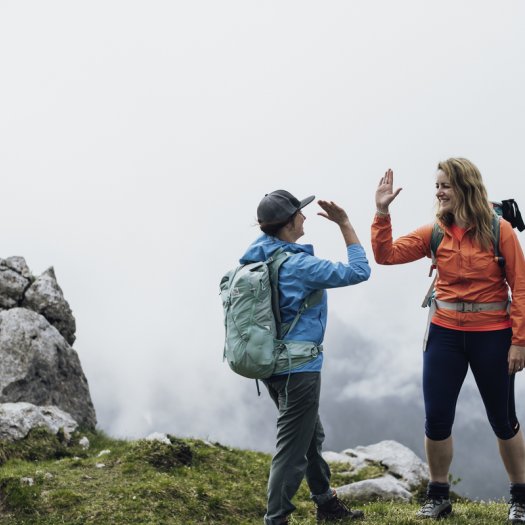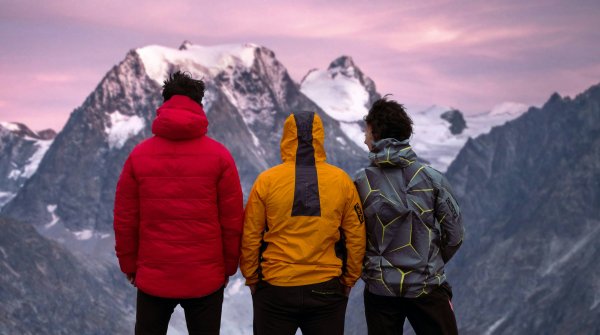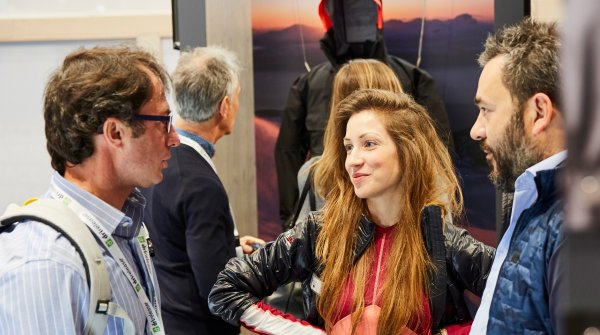"A community cannot be compared to journalists or influencers who are constantly producing content," says Kaddi Kestler from Munich Mountain Girls, "many brands forget that when they approach us." Julia Topp adds: "Many ask us for our media data in a very unspecific way, without explaining a project or an idea for a collaboration in more detail." So if you expect that activating a community will inevitably result in lots of high-quality social clips, it's better to invest in PR or influencer marketing. "Many brands confuse community with influencing," says Topp, who runs the trail running blog Eat Run Hike. However, the needs of members in groups are completely different. Here, it's primarily about enjoying shared hobbies and having a good time with like-minded people.
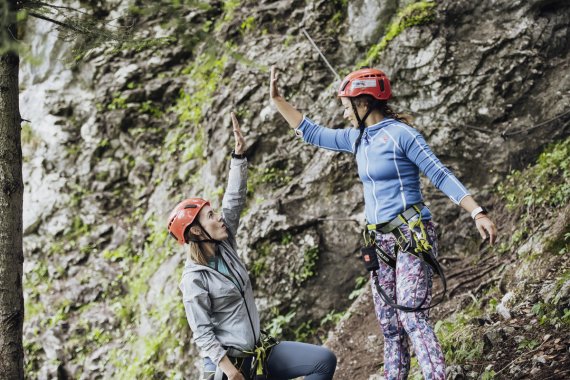
Many brands send out very unspecific requests to a wide variety of groups. "We often have to turn down projects that don't fit the Munich Mountain Girls brand," explains Kestler. Topp has a simple tip here: "Take a close look at how people talk in the community." You can learn a lot about what makes the group tick and which values are important in the community. Collaboration is then based precisely on these values. It's not enough to "scroll through the community's Instafeed for five minutes", says Topp. A sure instinct for mindset and attitude to life is required. Anyone with a brand that is seriously interested in a community should register there and take part in an event, for example.
In addition to the values, it is of course the target group that must fit the brand. And because groups vary greatly in size, reach, purpose and member demographics, they need to be selected very carefully. Should it be a very specific target group, for example moms with children of kindergarten age and a strong passion for trail running? Then it is worth working with subgroups. The Munich Mountain Girls, for example, have different groups. Or if you want to address a wider audience, then it is probably worth differentiating regionally. The ISPO Collaborators Club also only addresses really suitable members for cooperations.
Which brings us to the goals of a partnership. What should be achieved through the collaboration between brand and community? Which KPIs are the focus? However, this should not be thought of solely from the brand's perspective. Kestler: "The basis is to recognize a need or to meet the zeitgeist." Then such a project can "become a self-runner". So the question is: how do the interests of the group members match the brand's goals? A successful collaboration can have the most diverse aspects: Brand image, product development, repositioning, increasing authenticity or brand awareness in the target group.
Cheap key rings or other giveaways have no added value for the community, but that's what counts. So think about it: What can you offer a group that is passionate about their hobby? Discount codes work, but they don't stick in people's minds. What about special workshops, trips and events? Together with your sponsored athletes, for example, you can impart know-how while bringing your brand and products to life. Or how about an event that combines the activity of the community with a photo shoot for them? Or even better: you can develop your own activities with the community organizers. Together with a bike manufacturer, for example, the Munich Mountain Girls have enabled community members to go on a bike packing tour through Sweden. And the best thing about it? It follows in point 5!
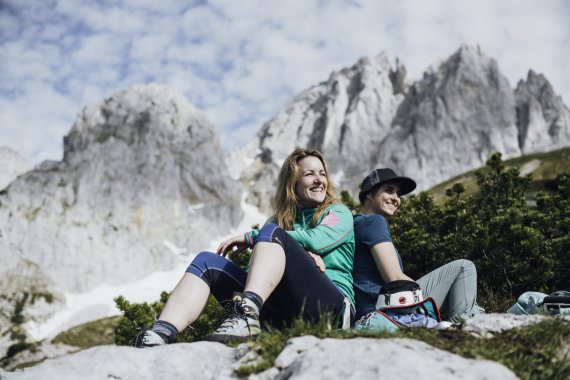
"This trip has set a lot of things in motion," says Topp. Many members have exchanged ideas in the Munich Mountain Girls forum about the most important aspects of such a tour - from packing lists and suitable training to the right products. For Topp, this is incredibly helpful and useful, as it is all "authentic". This offers a lot of added value for a brand: community members not only experience the brand as credible, but also explicitly share what is important to them. This is information that can be incorporated into product feedback or used in the next customer approach or campaign.
Results from the exclusive OutDoor by ISPO Industry Navigator confirm this thesis. Under #4 Sustainability & Fitting and Community are your best Friends it says: "Exclusive access to additional services such as community activities or experiences are reasons to visit the store and/or the brand regularly."
At the same time, you get a feel for community trends. And the thematic exchange keeps your brand in the conversation for longer. Because the basic rule is: communities live through their exchange. Topp: "There are authorities in the community. Many people want to learn from experienced members." Kestler believes that this "added value created by the community" could be better recognized by brands.
"The aim of the Munich Mountain Girls is to bring women together," says Topp. "It's about fun, togetherness, trying something new." This should be clear to you when you get involved with your brand. No community member is engaging because of your brand per se. Therefore, make sure that you put yourself and your brand at the service of the community. This also means that "the approach should not necessarily be for experts," says Kestler. "Many newcomers have come to the community to learn. That's why it's important to address beginners and also offer content for beginners." An exception to this is the ISPO Collaborators Club, which specifically addresses consumer experts.
Admittedly, engagement with your brand in a community is not the measure where you can measure return on investment one-to-one. But when it comes to making a quick buck, it's amazing that you've read this far anyway. A successful partnership for the community and your brand will happen if you really care about the community. So it's obvious that you should plan for a longer-term partnership. You get to know the needs better and better and can plan your campaigns more easily. Exceptions prove the rule: for example, if you want quick and easy concrete product feedback from your target group, a one-off campaign is also worthwhile.
But anyone who works in the sports and outdoor sector knows how important communities are. If you are not yet collaborating with your brand, now is the right time to start!
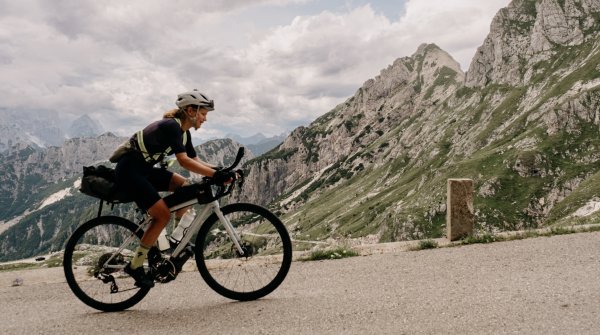
 Sports BusinessMental Health Awareness Month: A global appeal
Sports BusinessMental Health Awareness Month: A global appeal
- Awards
- Mountain sports
- Bike
- Fitness
- Health
- ISPO Munich
- Running
- Brands
- Sustainability
- Olympia
- OutDoor
- Promotion
- Sports Business
- Textrends
- Triathlon
- Water sports
- Winter sports
- eSports
- SportsTech
- OutDoor by ISPO
- Heroes
- Transformation
- Sport Fashion
- Urban Culture
- Challenges of a CEO
- Trade fairs
- Sports
- Find the Balance
- Product reviews
- Newsletter Exclusive Area
- Magazine
